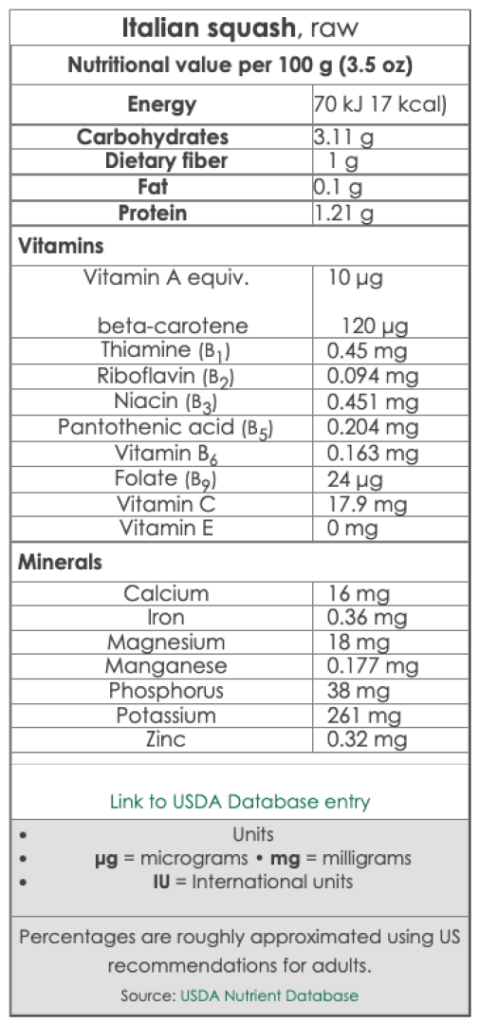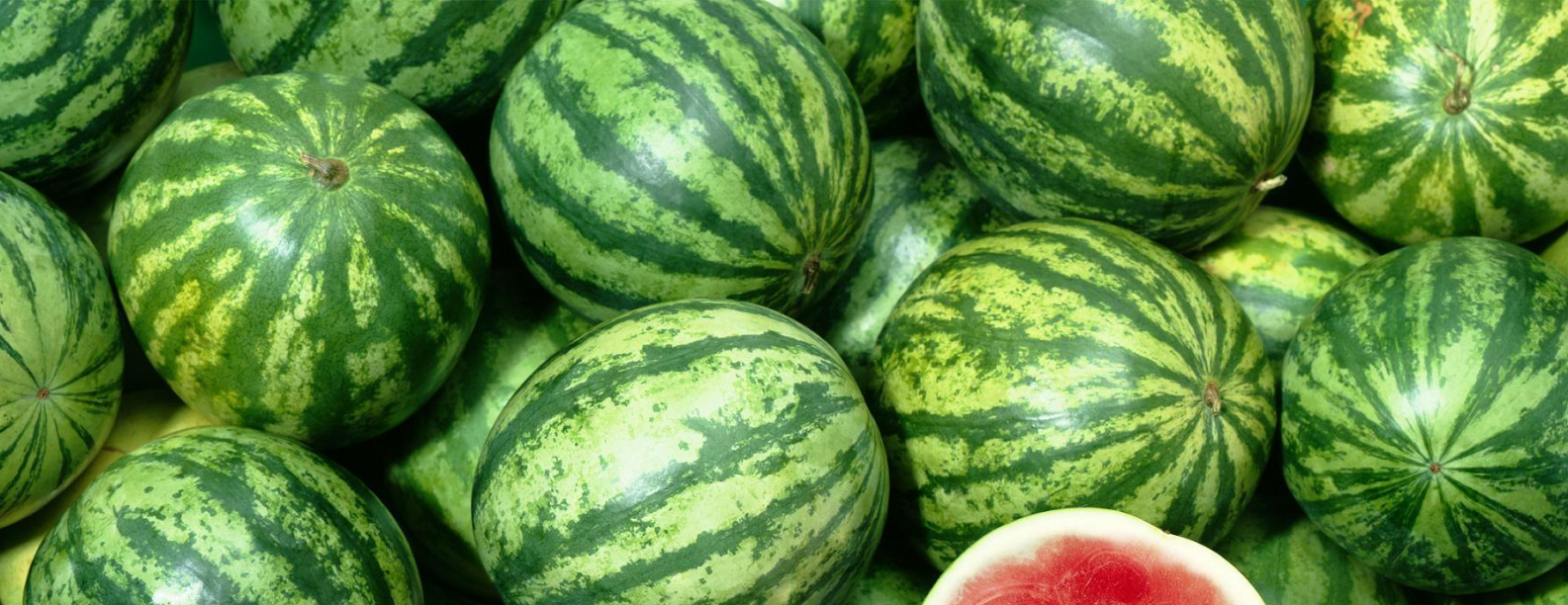
Mini Watermelon is a large edible fruit which is a special kind of berry with a hard rind and no internal division, botanically called a pepo, with a smooth hard rind—usually green with dark green stripes or yellow spots—and a sweet, juicy interior flesh—usually deep red to pink, but sometimes orange, yellow, or white—with many seeds, which can be soft and white or hard and black.
Sweet, juicy interior flesh
Considerable breeding effort has been put into disease-resistant varieties and into developing a “seedless” strain with only digestible white seeds.
Many cultivars are available, producing mature fruit within 100 days of planting the crop.
GreenPoint’s Watermelon
The fruit can be eaten raw, pickled or the rind cooked and its juice can be made into wine or blended with other fruit juices.
An alcoholic creation called a “hard watermelon” is made by pouring liquor into a hole in the rind of a whole fruit, and then eating the alcohol-permeated flesh.
GreenPoint’s Mini Watermelon take 240 acres out of cultivation and are commercialized from November to January.

